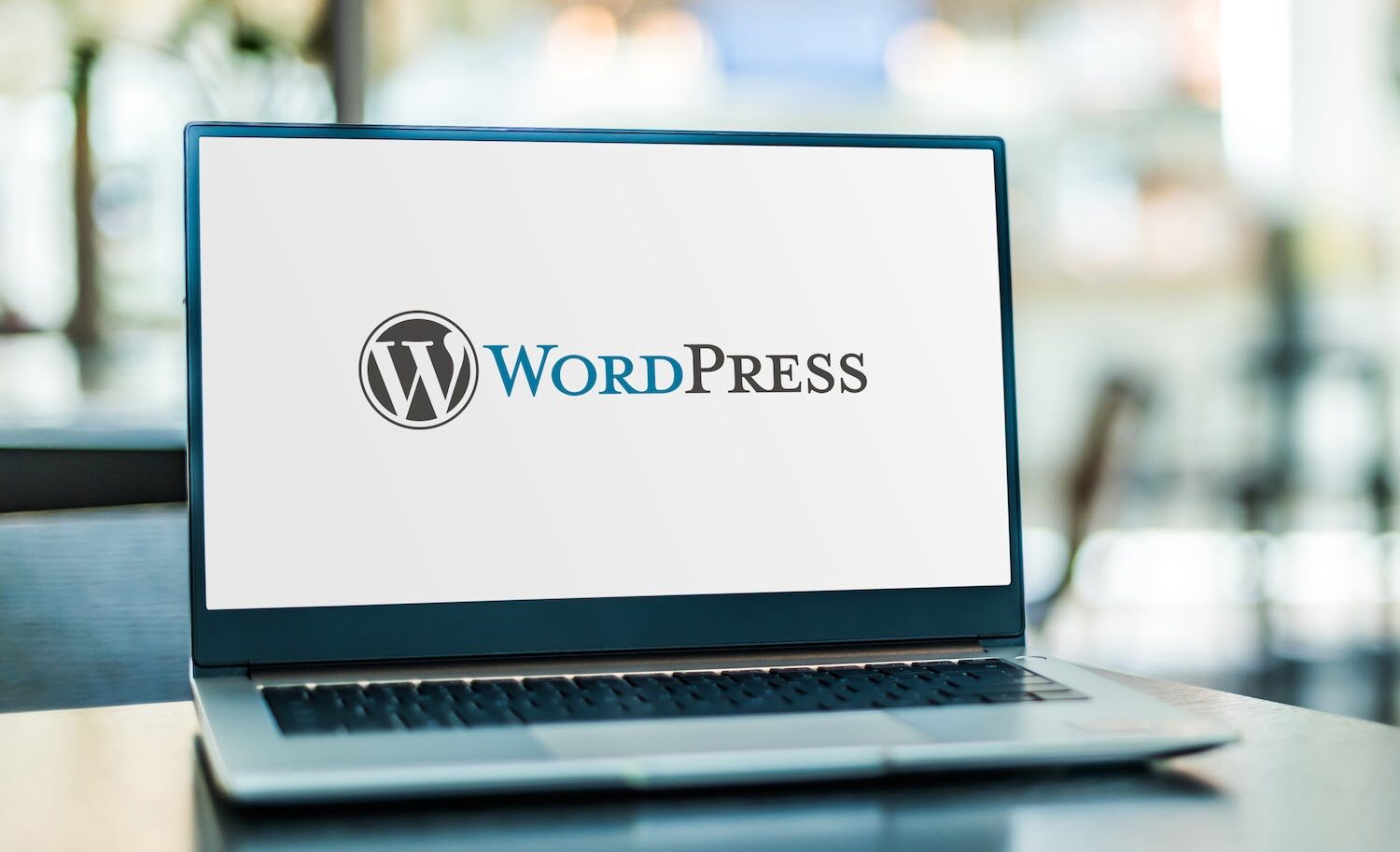Achieve Online Success With User-Friendly Website Layout
In the progressively affordable electronic landscape, the layout of a web site can be a crucial element in identifying an organization's success. User-friendly design not only improves the total user experience but also influences crucial metrics such as retention, conversion, and involvement prices.
Significance of Individual Experience
Customer experience (UX) plays a pivotal duty in the success of an internet site, as it straight affects customer satisfaction and involvement. A favorable UX makes sure that visitors can navigate the website effortlessly, access details promptly, and total wanted activities, such as buying or signing up for a newsletter, without stress.
In an electronic landscape where competition is intense, a site that prioritizes UX can dramatically boost brand name loyalty and retention. Customers are more probable to go back to a website that offers a smooth experience, producing a cycle of repeat visits and enhanced client lifetime worth. Efficient UX style can lower bounce prices, as individuals are much less inclined to leave a site that fulfills their requirements successfully.
In addition, internet search engine increasingly think about user experience aspects when ranking websites. Elements such as page load rate, mobile-friendliness, and instinctive navigating can impact a website's exposure in search engine result. By concentrating on UX, services not only boost client communications however also improve their online visibility and credibility. Hence, purchasing customer experience is vital for attaining lasting success in the digital marketplace.
Secret Concepts of User-Friendly Style
An effective straightforward layout pivots on a number of crucial principles that improve use and ease of access. Most importantly is simpleness; a clutter-free interface allows users to browse effortlessly, lowering cognitive load. This concept emphasizes the relevance of clear and succinct web content, enabling users to locate info promptly without unnecessary distractions.
Uniformity is another vital part. Consistent use typefaces, colors, and designs promotes experience and constructs trust fund. Users need to feel comfy as they check out different areas of the site, knowing that similar elements signify associated capabilities.
Effective typography likewise plays a vital role in straightforward layout. Readable font styles, suitable sizes, and appropriate spacing guarantee that web content is easily understandable across different devices. Additionally, incorporating intuitive aesthetic power structures aids individuals identify key information and activities at a glimpse.

Essential Functions for Navigation
Reliable navigating is essential for any type of easy to use website, as it directly affects the total user experience. A well-structured navigating system enables customers to locate information rapidly and successfully, reducing stress and enhancing interaction.
One crucial feature is a clear and instinctive menu that categorizes content practically - website design copyright. This menu should be easily accessible from every web page, commonly positioned at the top or on the side of the site. Additionally, integrating breadcrumb navigation helps users recognize their location within the website power structure and makes it less complicated to backtrack
Browse capability is an additional crucial element, allowing individuals to find specific web content without sifting through multiple web pages. This function should be prominently presented and receptive to variations in input.
In addition, a mobile-responsive layout makes certain that navigating remains smooth throughout devices. As mobile use proceeds to climb, food selections ought to adapt to various display sizes without compromising functionality.
Last but not least, visual cues such as highlighting the active web page and utilizing hover impacts can boost individual interaction. By integrating these necessary functions, website developers can develop a navigational experience that is not i thought about this just user-friendly yet likewise encourages exploration and retention.
Access Considerations
Ease of access considerations are integral to producing an user-friendly web site that provides to all people, no matter of their handicaps or capabilities (website design copyright). Websites need to be designed to make certain that individuals with aesthetic, auditory, cognitive, or motor disabilities can involve with content successfully. This starts with adherence to the Internet Material Accessibility Guidelines (WCAG), which supply a framework for making digital material a lot more obtainable
Trick practices consist of using descriptive alternate message for photos, making sure color contrast ratios satisfy availability standards, and offering subtitles for multimedia aspects. Furthermore, the navigating should be intuitive, enabling users to tab via links and interactive elements easily. Carrying out key-board navigation is critical for those unable to make use of a computer mouse.
Moreover, succinct and clear language boosts understanding for individuals with cognitive restrictions. Kinds should be straightforward, with labels and instructions that are very easy to recognize. Normal accessibility screening, including user feedback from individuals with disabilities, can help boost and recognize obstacles use.
Determining Style Success

Customer feedback studies and functionality testing are crucial in examining the efficiency of style elements. These approaches enable designers to collect direct input from users, identifying pain points and locations for enhancement. Additionally, tracking heatmaps can reveal where my response users click most regularly, assisting to inform design modifications and content prioritization.
Analytics devices play an essential role in measuring layout success by offering data-driven understandings. For instance, Google Analytics can track customer habits, revealing patterns that show whether the design is impeding the user or promoting trip. Inevitably, an effective website style not only meets business goals yet also promotes a smooth and satisfying customer experience, driving engagement and loyalty in time. Frequently taking another look at these metrics guarantees that the website progresses in alignment with individual requirements and industry finest methods.
Conclusion
Prioritizing customer experience through simplicity, intuitive navigation, and effective feedback devices not just improves customer interaction and fulfillment however also fosters brand name loyalty. Including essential navigation features and accessibility factors to consider even more makes sure that all users can properly communicate with the website.
Websites must be created to ensure that users with aesthetic, acoustic, cognitive, or electric motor problems can engage with material successfully.Measuring style success involves assessing just how efficiently a website satisfies its designated goals while giving a positive individual experience. Google Analytics can track customer habits, exposing patterns that show whether the layout is hindering the individual or assisting in journey. Ultimately, a successful website design not just meets business objectives however additionally cultivates a enjoyable and seamless user experience, driving engagement and loyalty over time. Focusing on user experience with article source simpleness, user-friendly navigation, and effective responses mechanisms not only enhances user interaction and satisfaction however likewise promotes brand name loyalty.